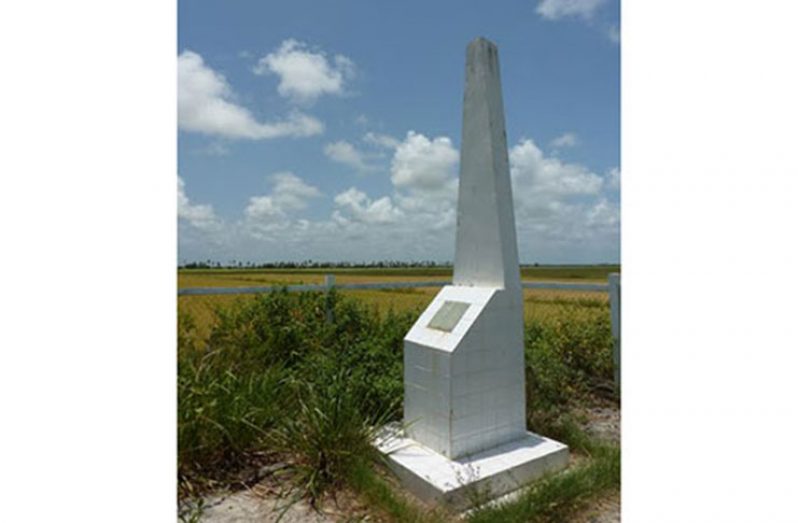— enjoys a proud history of resistance and unity
By Mohamed Khan
BUSH Lot on the Essequibo Coast was purchased by a group of Africans in 1840.The total abandonment of sugar cultivation came to an end in 1883. A large proportion of the smaller estates which was unprofitable, such as Bush Lot, was amalgamated with its bigger neighbor, Anna Regina.
The Moss family had acquired Anna Regina in 1823 and later Thomas Moss, one of the sons, took it over in 1865 as well as Henrietta in 1874, Richmond in 1878 and La Bella Alliance in 1883.
Immediately after Emancipation, the white plantation owner and the government took a decision not to sell land to the freed slaves.
The general aim was to ensure that the Africans continued to work on the plantations. In 1840, the plantation owners decided to reduce the wages to pressure the African labourers.
The labourers were told that the move was necessary, because things were bad and the export price for a tonne of sugar had dropped below the cost of production.
The plantation owners also discontinued their allowances of food and medicine to the labourers, as they sought to deprive them of their subsistence in a bid to force them to accept lower wages.
They also prevented the labourers from fishing in the estates canal, destroyed their pigs and chopped down their crops and fruit trees which they grew on small plots.
When the labourers resisted, they were thrown out of the plantations. In response to the harassment, they went on strike, which greatly affected sugar production since the indentured Indian and other imported labourers were still insufficient to do all the work.
These African labourers were of the view that if they stayed on these plantations, they will have no economic future and they will have to work all their lives on the estates.
They saw their other African brothers buying up abandoned cotton and sugar plantations and they felt that they too must buy their own lands.
During the period of strikes, a group of them pooled their savings and purchased Bush Lot on the Essequibo Coast. The moving away from the plantations placed added pressures on sugar production and the plantation owners continued to used devious means to force them to return to work.
They let loose water from the estate canals and flooded the nearby villages. They felt that by doing this, the Africans would return to work on the estates. Bush Lot also faced administrative problems during the 1840s.
The group had no experience in cooperative management and since all their savings were used to purchase the lands, they had nothing left to maintain the roads, bridges, sluice gates and drainage canals.
As a result, the condition of the village deteriorated. Bit by bit, they started to dig the trenches and canals and build the roads with shovels. The sea was their biggest problem. They had to build the sea dam to avoid the water from coming inland. This was a monumental task for them. They worked day and night to stop the erosion of the narrow dam and at last they succeeded; but flooding continued due to heavy rains and even though they lost their crops, they never went back to the estates to work.
The African slaves and the time-expired Indian immigrants were living side by side. The Indians were living on a strip of land called Settlement next to Bush Lot. After the great floods at Hamburg, the plantation owners decided to move the residents to Gugish Berg, which was called Bush Lot Settlement, in compensation for their passage back to India, with two acres of paddy fields.
This was the first time the Indian immigrants and the African slaves were living as one. They would visit each other and help in whatever work they had. After a time, some of the Bush Lot Africans started to wear dotie and pagri (Indian wear) and spoke Hindi.
Today, Bush Lot has been transformed into a prosperous village with a modern market, businessplace and churches of all denominations. The villagers live in harmony and most cultivate rice for a living.



.jpg)











